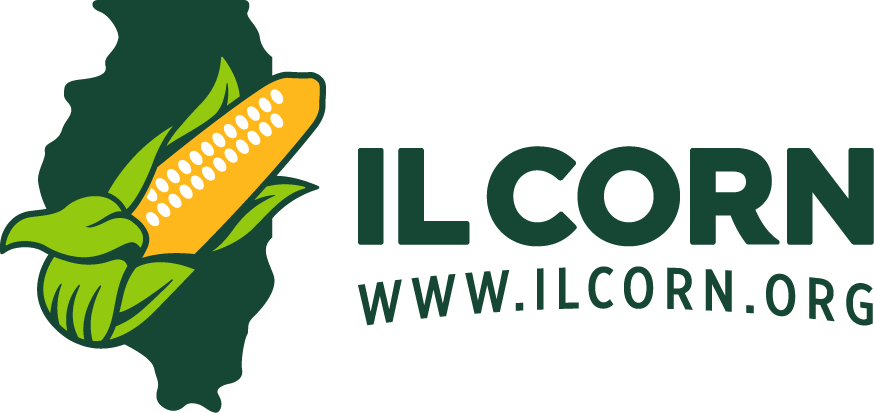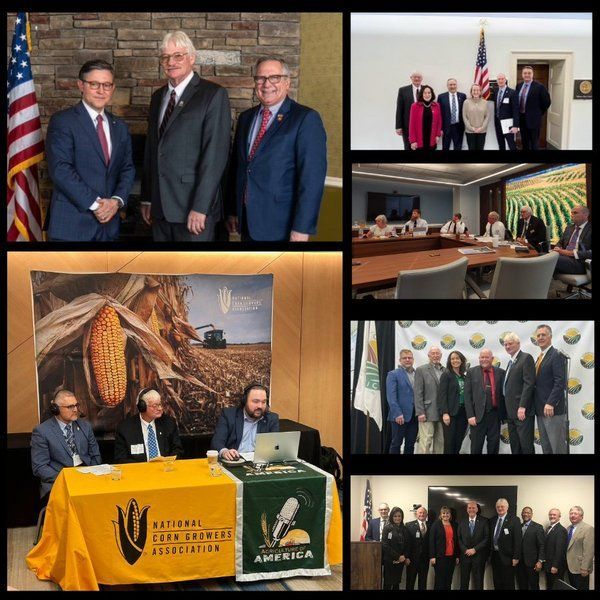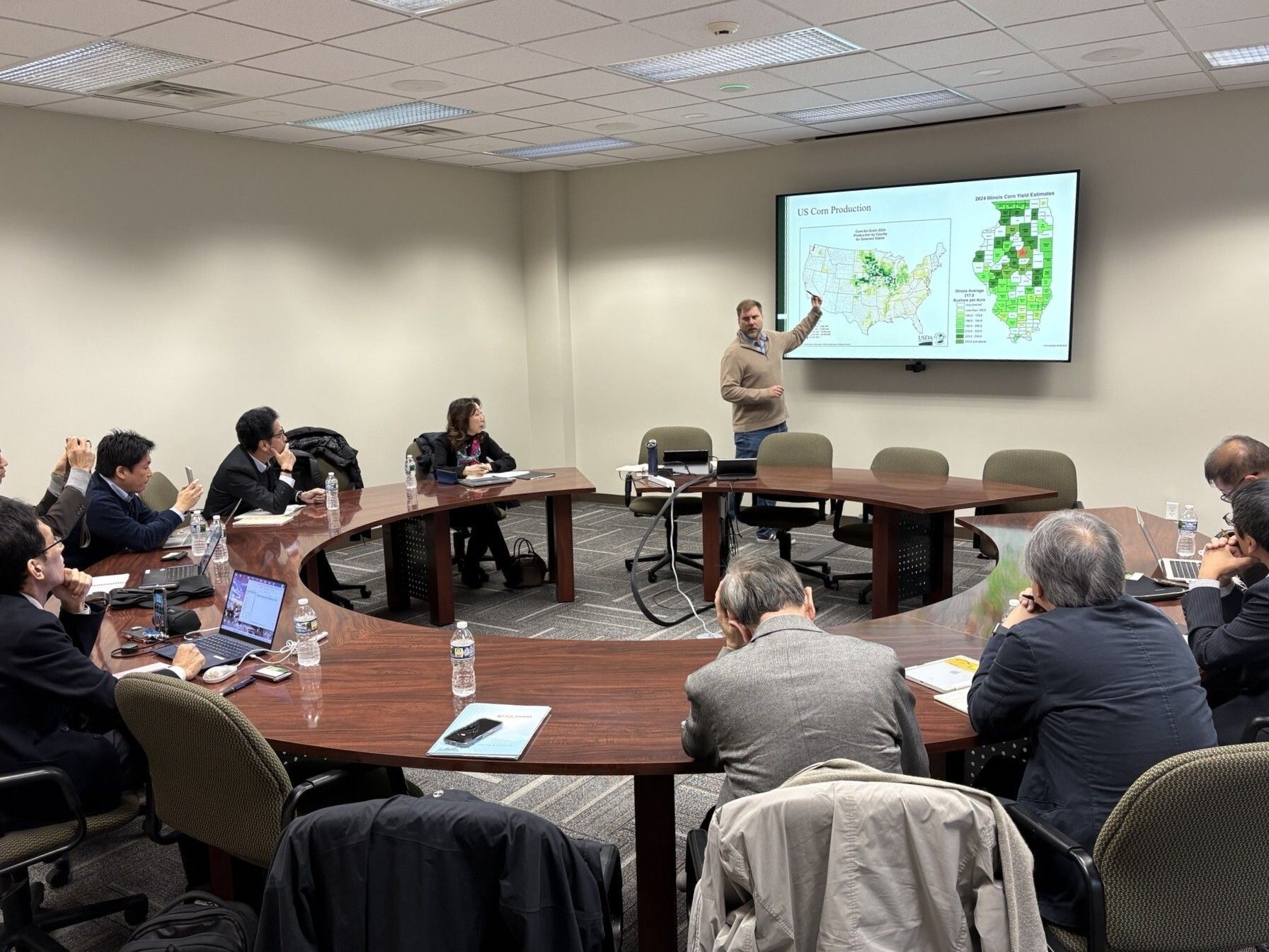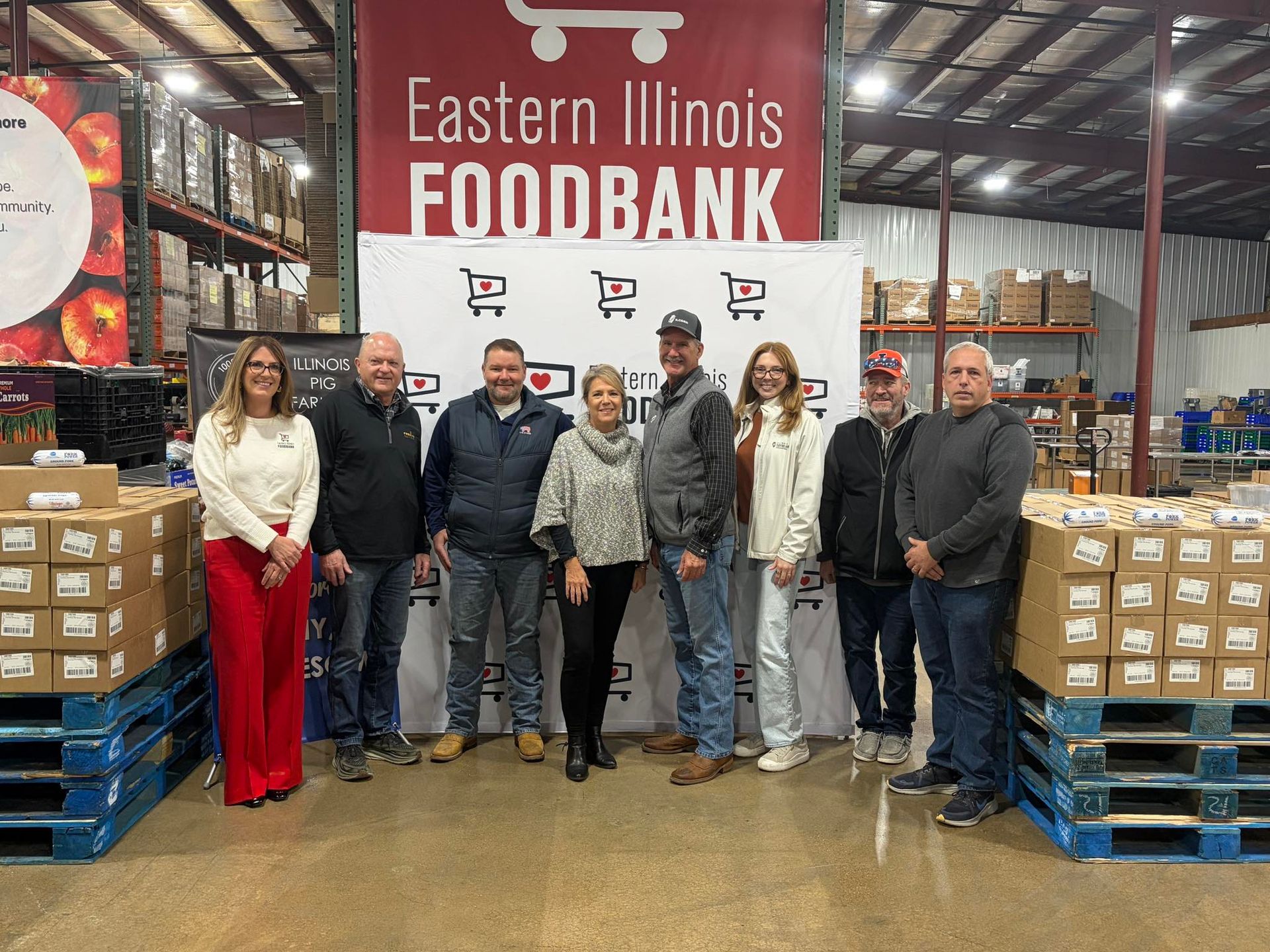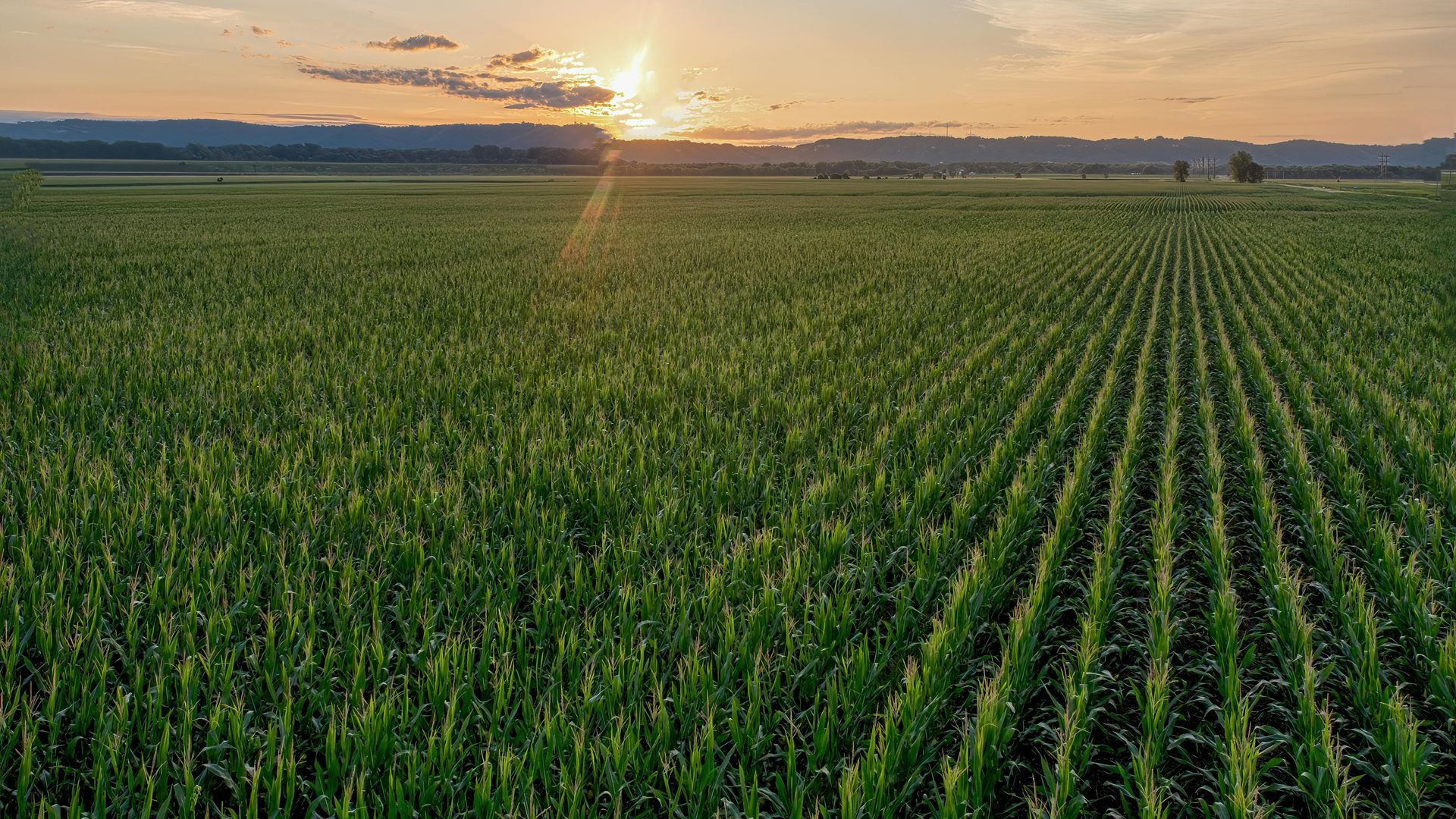Corn Plastic: A Renewable Solution to Plastic Pollution
What Is Corn Plastic? Discover the Renewable Power of PLA
You already know corn offers big potential to help address climate challenges but how familiar are you with the renewable products it makes possible? If you're talking with friends or family who aren’t in agriculture, could you explain one of the biggest innovations in the space: Polylactic Acid (PLA), also known as corn plastic? We’ve moved things around on our website, but this story is worth revisiting.
What is corn plastic?
We’ve all seen what traditional plastic does to the environment. That’s why scientists have spent years exploring how to create biodegradable, eco-friendly alternatives using renewable resources. One option: replace petroleum-based plastics with bio-based plastics. A 2017 study showed that doing so could reduce industrial greenhouse gas emissions by 25%.
How does it work?
Corn plastic is made by converting corn into a resin called polylactic acid (PLA). While corn is the most common base due to affordability and availability, PLA can also come from sugarcane, tapioca root, cassava, or sugar beet.
Why use corn plastic?
- Uses 65% less energy to produce compared to traditional plastics
- Emits 68% fewer greenhouse gases
- Made from renewable resources like corn, instead of finite resources like oil or natural gas
- Biodegradable – some PLA plastics break down in as little as 45–90 days
- No toxic fumes when incinerated
- FDA-approved – safe for food contact and generally recognized as safe
Where can I buy corn plastic products?
PLA is commonly used in 3-D printing, so you’ll find many corn plastic items in 3-D gift shops. You’ll also see more cups, straws, lids, and containers made with PLA in restaurants and at events.
Here are a few places to look:
